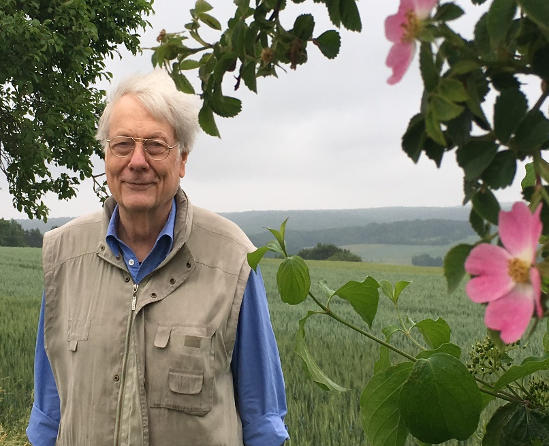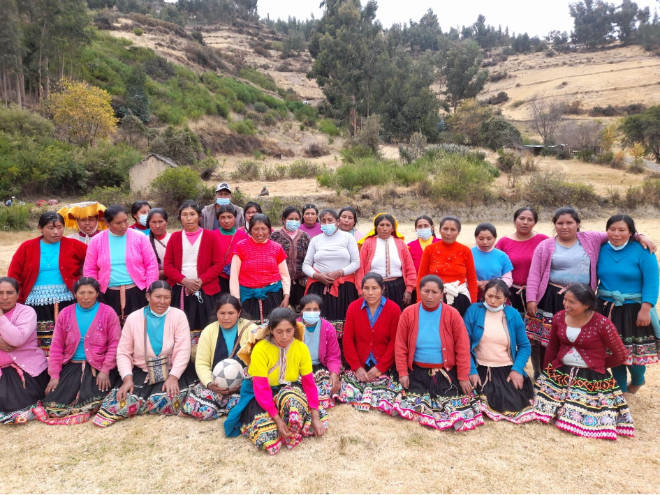Gode Gravenhorst
Prof. Dr. Gode Gravenhorst

My type of scientific working activity could only be achieved having grown up with a firm and secure social environment and as a child and young boy experiencing forests, fields and meadows with their meadow – and field surroundings and their exciting nature both tiny and large scale.
In high school I failed although I tried strongly. To improve my english I visited a British family near Manchester, where my mother had lived for half a year in her youth. A private visit from Bert Trautmann, a soccer hero at that time in England and Germany, influenced my attitude towards overcoming obstacles and getting self confidence in sports, especially soccer. After high school and military service at army aviation, parachute division, I went on to study atmospheric sciences. I tried to approach scientific problems with evaluations of laboratory processes, field measurements and modelling. My main interests were atmospheric properties of particles, of sulphur, nitrogen and carbon trace substances in global, regional and small scale perspectives. Our group tried to characterize marine excess sulfate, ammonium, and nitrate and gaseous NH3 over oceans.
I was also engaged in academic administration on institute, faculty and university levels and served e.g. as Head of Centre for Forest-Ecosystem-Research, Head of the Special Research Centre ” Stability of tropical rain forest margins in Indonesia, SFB 552”, Director for Centre for Agriculture and Forestry in the Tropics and Subtropics, Dean of the Faculty of Forestry and Forest Ecosystems, member of the Senate Committee for Finance and of the Committee on Equality and as leader of the Antarctic research expedition “Eiswarte” to build the Antarctic Research Station „Georg von Neumayer“ and participant in several ship expeditions of „RV Meteor“ and „RV Polarstern“.
My main scientific interest in all those years was to unterstand the functioning of ecosystems, especially forest ecosystems, in all their complex behaviour from the viewpoint of atmospheric trace substances.
Since about 1980 interactions of atmospheric trace substances and forests became more and more the focus of our research groups.
Scientific work was concentrated at institutions:
